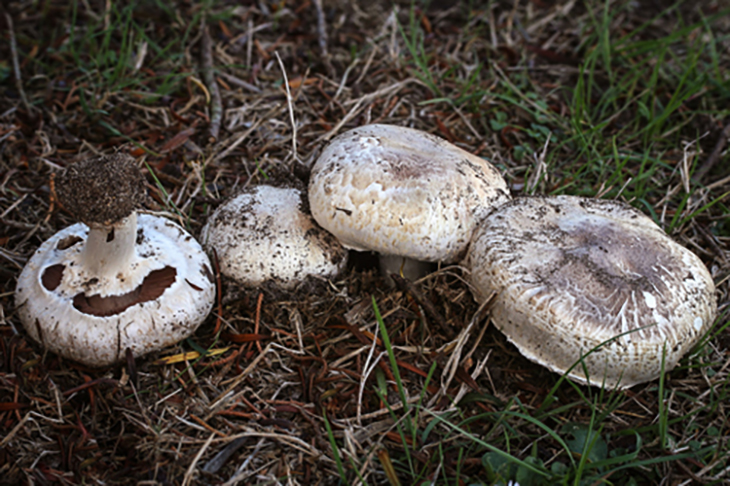
When it comes to the soil’s health, not too many people consider fungi. These tiny lifeforms give so much to the environment. Hence, experts have come together to map out their homes and to see what needs to be done to protect these.
Mushrooms are more than just food. Many are just are unaware of their other uses as well. Without their precious contribution, the environment could actually collapse. There’s more to these precious fungi than meets the eye.
Right now, the areas contain more than ten thousand fungal samples. These will be collected from a variety of hotspots they have found. Then, the fungi will be properly cataloged and meticulously observed. This is a part of a project that researchers have made in order to map out the large groups of the most-valuable fungal biomass found in the planet.
The fungi consist of trillions of miles of filaments that are able to transfer nutrients, water, and information throughout the different soils and the plant life in the area. Thus, they are a crucial member of the ecosystem because they are able to sustain the plants around them.
SPUN, or otherwise known as the Society for the Protection of Underground Networks, has goals of expanding the people’s understanding of mycorrhizal networks. They aim to put them more in focus of climate science and modern environmental policy that we already have in place.
As fungus collect nutrients, particularly carbon, they build networks of very tiny filaments called mycelium, that make up their vast presence on our planet. The more recognizable mushrooms that mark their comings and goings are a tiny percentage of the organism’s total size.
Research findings that were conducted by biologists, mycologists, and forestry experts have proven how these filaments form vast networks that when observed from under a microscope, look just like information or electricity moving through the cable systems, and when they are viewed as one, look as active as the neuronal networks that are present in the human brain.
The networks that fungi form interconnect trees and other plants. They help with the exchange of information about parasites, nutrient dearth, or density in the environment. They even assist in the trading whereby a fungus, which cannot process and create its own sugars, will take some from a tree. In exchange, they give off a metal-like phosphorous that are vital to the trees as well.
The team is made up of scientists from different countries such as Canada, Holland, the U.K., the U.S., France, and Germany. With their help, SPUN wants to take mycorrhizal samples from 10,000 hotspots that contain a diverse fungal environment. From the samples collected, they hope to gain a better understanding and knowledge of where the largest threats are when it comes to biodiversity.
Ecologies that have thriving mycorrhizal networks have been shown to have more than eight-times as much carbon as depleted ones. “An understanding of underground fungal networks is essential to our efforts to protect the soil, on which life depends, before it is too late,” shared renowned conservationist Jane Goodall, who is also a member of the project.
Right now, around ten hotspots have been pointed out. The first crucial samples will take place in Patagonia in 18 months from now. Other sites discovered are the tundra in Canada, the high altitudes in South America, the Negev and Sahara deserts in Israel and Morocco, the Mexican highlands, the Russian taiga forest, the steppes of Kazakhstan, and the lowlands of Tibet. This will take time but the collection will be rewarding for everyone involved.
“Just below our feet lies an invaluable ally in mitigating climate change: vast hidden fungal network,” said Jeremy Grantham, a billionaire who has backed the experts of SPUN.
He also said, “Billions of tons of carbon dioxide flow annually from plants to fungal networks. Yet these carbon sinks are poorly understood. In working to map and harness this threatened but vital resource for life on earth, SPUN is pioneering a new chapter in global conservation.”
What are your thoughts? Please comment below and share this news!
True Activist / Report a typo


